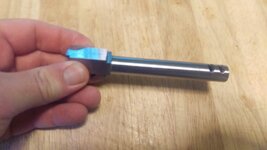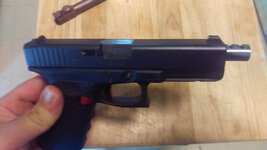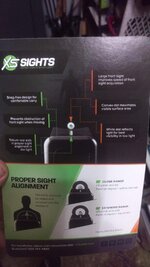Bronze Lifetime
- Messages
- 61
- Reactions
- 63
The following question has been bugging me for several days.
1) If you replace a barrel on a revolver with a longer one (e.g., Dan Wesson)
the revolver will shoot lower.
2) If you put a longer barrel into a plasticy semi-auto (e.g., Glock), it will shoot higher.
Why the different behavior between a revolver and a plastic framed bottom feeder
when the barrel is extended?
(Only the barrel length is increased. All other variables remain unchanged.)
Any thoughts would be appreciated.
1) If you replace a barrel on a revolver with a longer one (e.g., Dan Wesson)
the revolver will shoot lower.
2) If you put a longer barrel into a plasticy semi-auto (e.g., Glock), it will shoot higher.
Why the different behavior between a revolver and a plastic framed bottom feeder
when the barrel is extended?
(Only the barrel length is increased. All other variables remain unchanged.)
Any thoughts would be appreciated.















